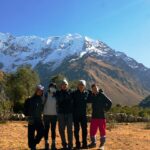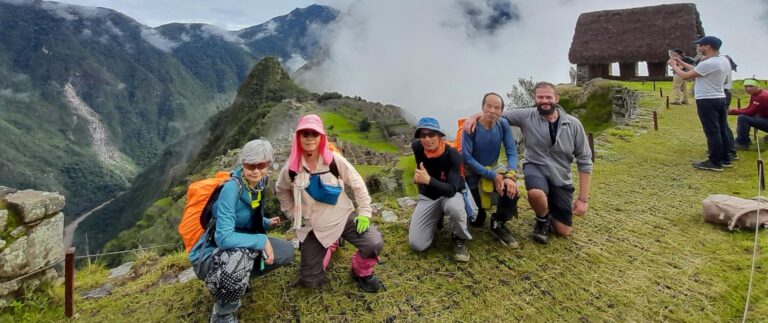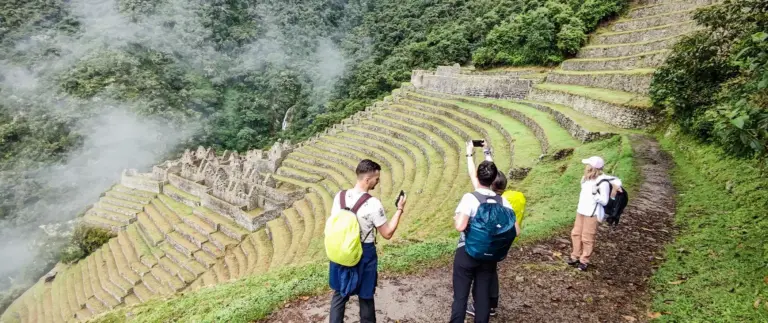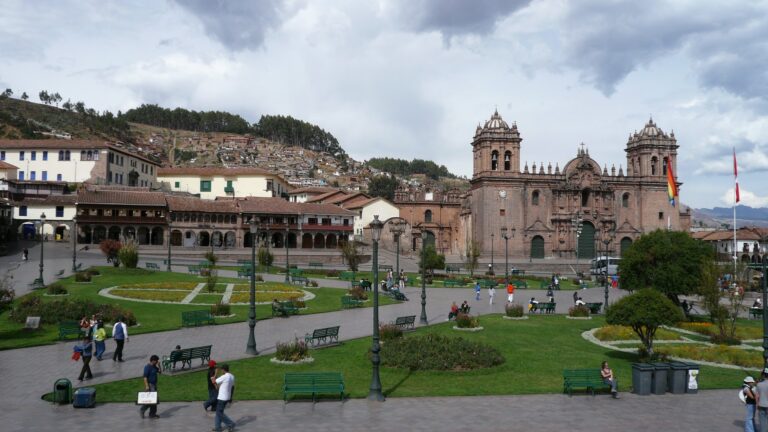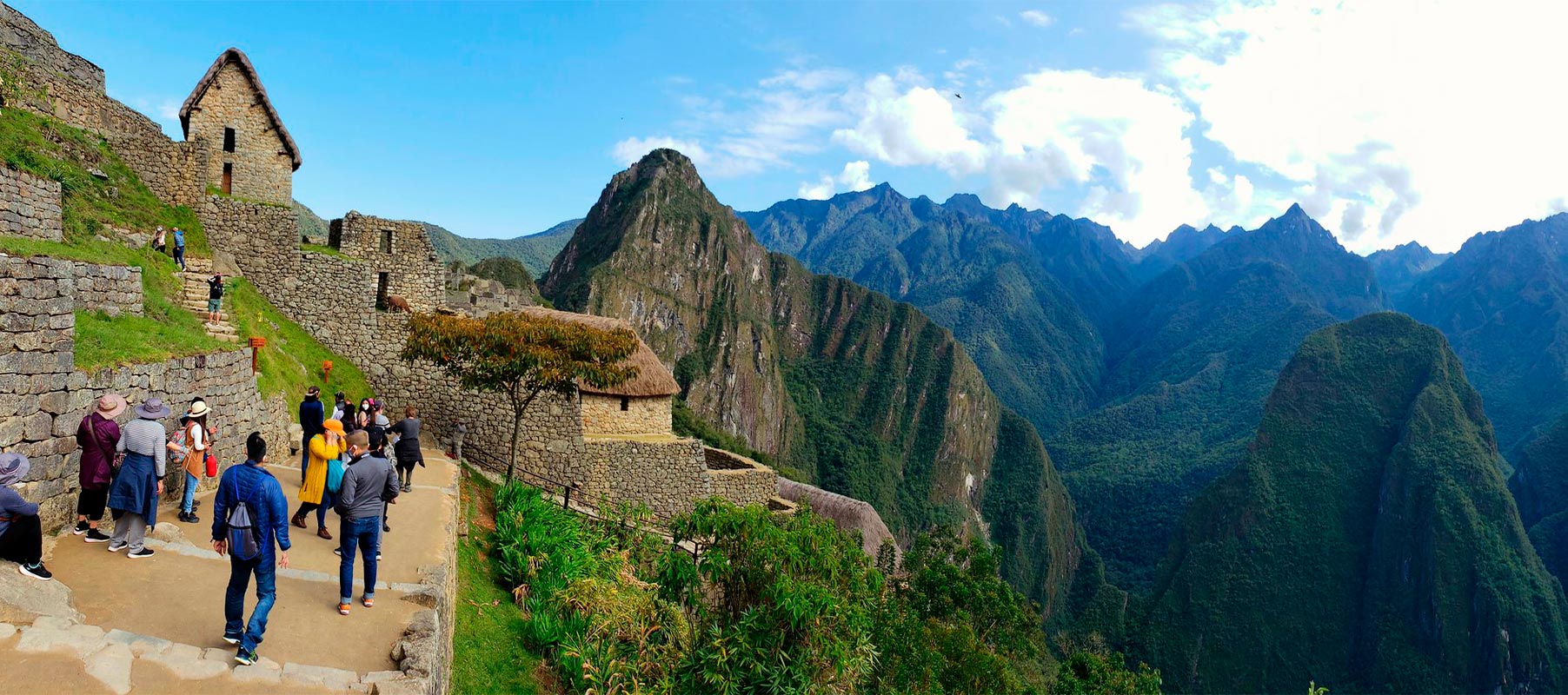
Which Machu Picchu Circuit is the Best?
There are 3 different circuits and sub circuits to explore the Incan Citadel of Machu Picchu and they all offer different attractions. The Peruvian government has implemented circuits to better preserve Machu Picchu and to alleviate the congestion that can form in some of the more cramped areas. It can be a process trying to figure out which circuit is best for you. At the end of the day, it depends on personal preference. However, there is a general consensus as to which circuit is the most desirable. See all the information of What Circuit is the best for Machu Picchu.
The Circuits no 2 are considered the best to explore the whole of Machu Picchu. These are the most popular and sell out the quickest.
There are 3 Circuits with thier sub Circuits to enter Machu Picchu they are as follows
The 3 Machu Picchu Circuits with sub circuits as of 1st June 2024
Circuit 1 A, The 2 viewing points at the top of Machu Picchu and the hike to Machu Picchu Mountain.
Circuit 1 B, The 2 viewing points at the top of Machu Picchu.
Circuit 1 C, The 2 viewing points at the top of Machu Picchu and the hike to the Sun Gate
Circuit 1 D, The 2 viewing points at the top of Machu Picchu and the hike to the Inca Bridge
Circuit 2 A, The 1 viewing point at the top of Machu Picchu and the complete tour of Machu Picchu, this is considered the best ticket, also the one that sells out the quickest.
Circuit 2 B, The complete tour of Machu Picchu, no viewing points.
Circuit 3 A, The hike to Huayna Picchu Mountain, no viewing points.
Circuit 3 B, The tour of the lower half of Machu Picchu, no viewing points
Circuit 3 C The hike to the Grand Cave, no viewing points
Circuit 3 D The hike to Huchuy Picchu, no viewing points.
If you wish to do extra hikes ie, Machu Picchu Mountain, Huayna Picchu, Huchuy Picchu, Sun Gate or the Grand Cave, you will need to buy an extra tickets to view Machu Picchu. Circuits that do not include a viewing point, you may also need purchase an extra ticket to see the viewing points.
Circuit 2 Places of Interest
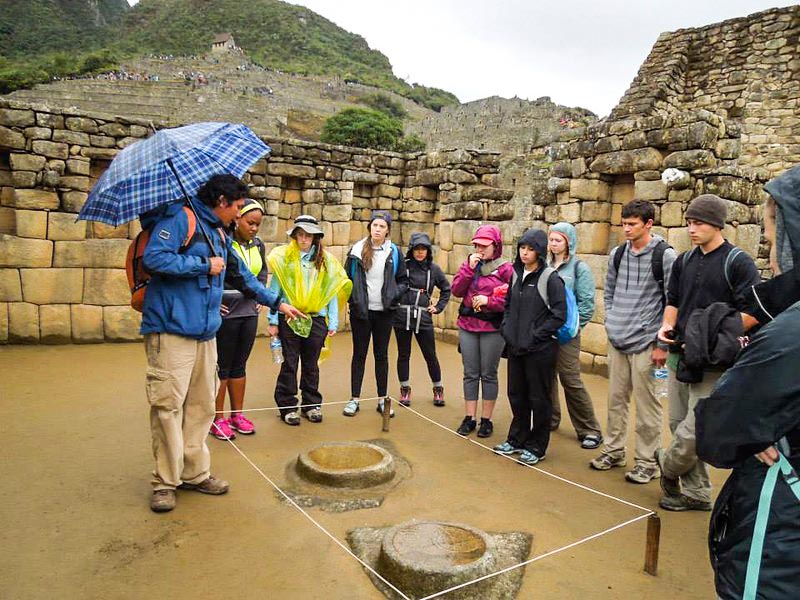
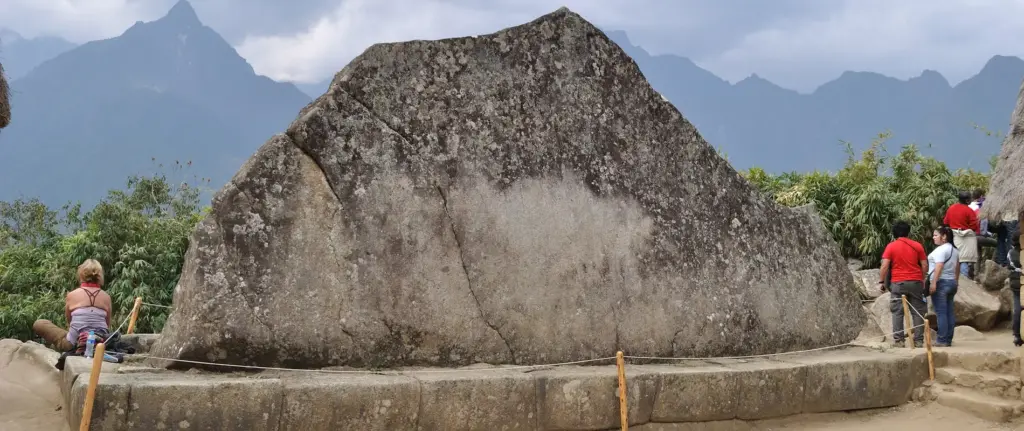
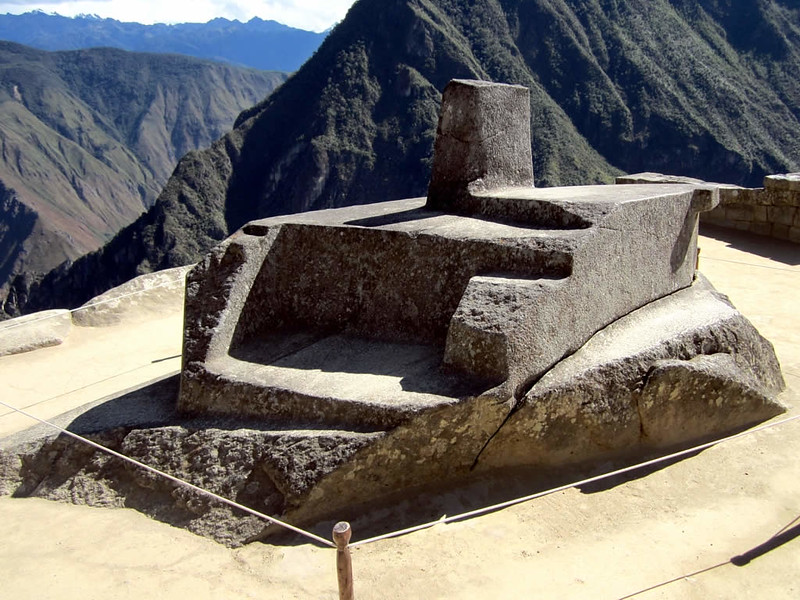
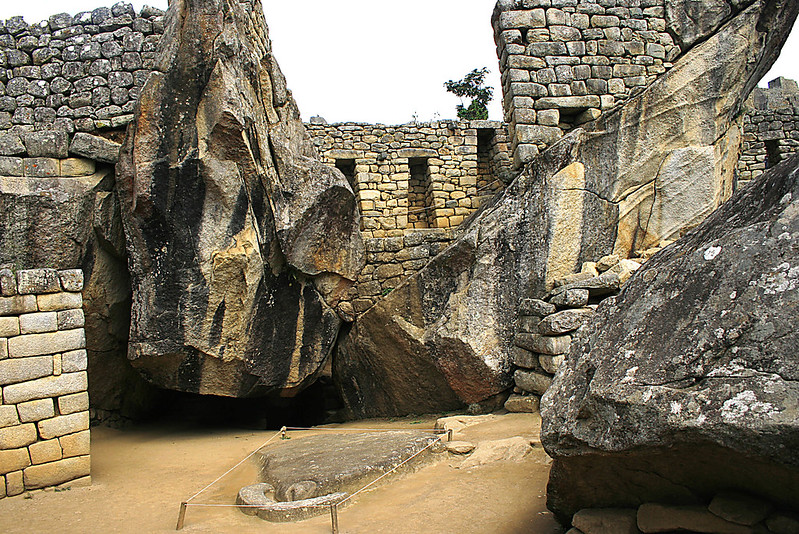
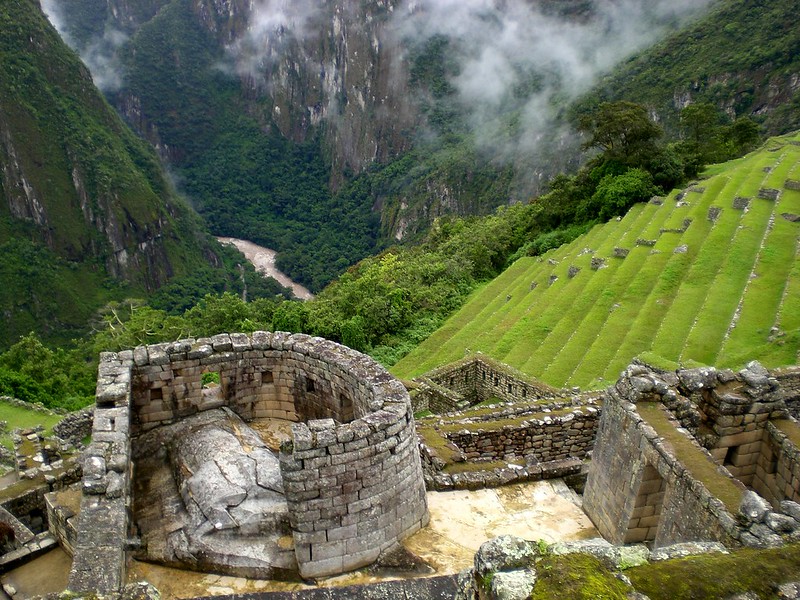
Upper (Best View Point) and lower platform (Temples)
Starting at the main entrance you will first explore the upper section of the complex arriving at the lower viewing platform. Climb the steps to the upper platform where you find the famous Guard House. Take this opportunity to snap a few iconic Postcard pictures of Machu Picchu and if you’re lucky, say hi to the llamas who lounge around this area!
***PLEASE NOTE: This is where the most famous views of Machu Picchu are!
Expansion Joint or Drainage Channel
This channel is strategically placed in an area between tectonic plates and would act as a seismic expansion joint. Thought to have been the drainage of the city, it divides the Urban and Agricultural sections while also isolating the Sacred district.
Temple of The Sun
Continuing on the path towards the Temple of the Sun where the Inca paid tribute to their most important deity, Inti the sun god. Built on top of a Natural cave where Pachacutec may have been buried, the cave section is referred to as the Royal Tomb. The temple also functioned as an astronomical observatory where one could determine the arrival of the solstices based off the positioning of the windows and the light they would cast in the temple.
***PLEASE NOTE: Entrance to the Temple of The Sun is not allowed. Currently you can only see it from a viewpoint above the Temple.
Quarry and Sacred Plaza
Next is the Quarry where the Inca gathered the stones to construct Machu Picchu. The Sacred Plaza is the next attraction, where you will get to see the main Temple of Machu Picchu. Most of the religious and astrological gatherings were held here.
Intihuatana (open from 7 a.m. to 1 p.m.)
After the Sacred Plaza, walk up the stone steps to the highest point in the Sacred district which is home to the mysterious Intihuatana stone (open from 7 a.m. to 1 p.m.). The Intihuatana stone is the subject of many debates. Some believe it was just a simple sundial while others believe it had a more specific complex use regarding the winter and summer solstices.
Sacred Rock
When you are finished admiring Intihuatana descend towards the Sacred Rock. The Sacred Rock is a huge rock carved to imitate the shape of the mountain valley in the background. Offerings were laid at the foot of the Sacred Rock in hopes of gaining favor from the Incan deities.
Workshop and Oriental Storehouses
The Workshop is the next site of interest and is where various things were made, such as pottery and tools. Next, come to the Oriental Storehouses where dried meats, grain, and other goods were stored in case of a bad farm season.
Water Mirrors
The Water Mirrors is the next attraction, they were thought to be an observatory used to watch the stars and possibly more specifically the moon. The structure surrounding the mirrors has no sign of ever having any rooftop. For this reason, its widely accepted that this site was designed for astronomical observations.
Temple of The Condor (open from 10 a.m. to 1 p.m.)
Next is one of the most fascinating structures in the complex, Temple of the Condor. This temple has rock carved into the shape of a condor’s wings making up the back walls of the temple. On the floor is a rock carved to resemble the condor’s head. This was the site of many ceremonies and possibly animal sacrifices (open from 10 a.m. to 1 p.m.).
Things to Consider
Arrive on time: If you arrive even a few minutes late you will not be allowed to enter!
Book your guide in advance: You need a guide in order to enter Machu Picchu so booking with a reputable tour operator such as Inca Trail Hike Peruis the safer way to go. They have bilingual guides with a wealth of knowledge and experience!


